The ‘Jurassic Park’ franchise is packed with details that were engineered as carefully as its dinosaurs. From ingenious practical effects to small choices that shaped entire scenes, the films are a treasure trove of behind the scenes craft and clever problem solving. Many of these touches slip by on a first watch, but they reveal how much thought went into making cloned dinosaurs feel real.
These facts span sound design tricks, production pivots, and book to screen changes that quietly influenced what ended up on camera. They also show how the series blended practical wizardry with cutting edge effects while staying rooted in details pulled from paleontology and computer tech of the time. Here are ten pieces of franchise lore that add new texture to what you are seeing.
The T. rex roar is a mix of several real animals
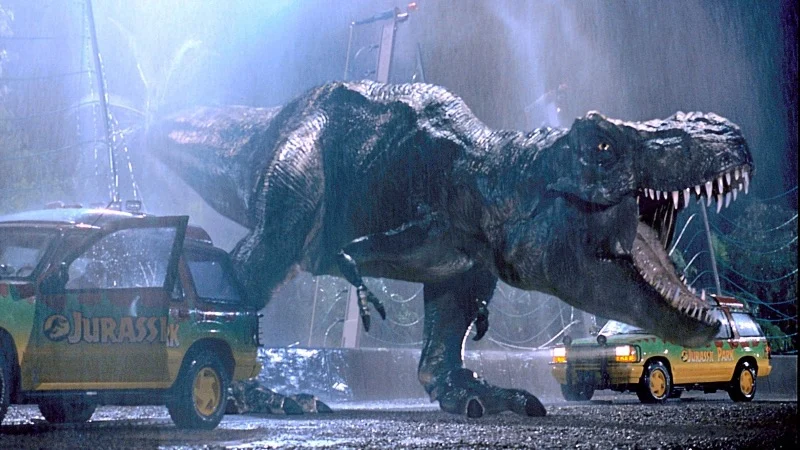 Universal Pictures
Universal PicturesThe signature Tyrannosaurus sound was built from layered recordings rather than a single source. Sound designers blended elements like a baby elephant’s squeal, big cat growls, and alligator snarls to create a roar that felt huge yet organic. That composite approach let the team shape a voice with weight, texture, and a long tail that could cut through rain and engine noise.
Those layers were then pitched and stretched to behave differently at various distances and angles in a scene. Close up moments lean on low end and breath for presence, while wide shots emphasize sustain so the call carries across the island. The result is a consistent dinosaur voice that still adapts naturally to the environment in each film.
The famous water ripples came from a guitar trick
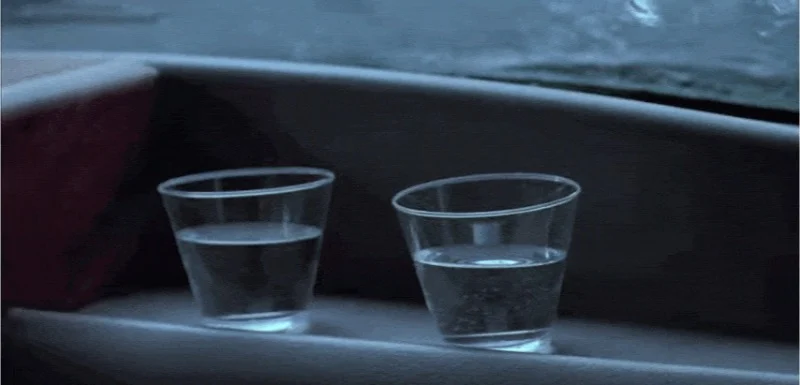 Universal Pictures
Universal PicturesThe concentric ripples in the cup were not a digital effect. The team ran a taut guitar string under the dashboard of the tour car and plucked it to transmit vibration up through the surface where the cup sat. That gave them a controllable, repeatable wave pattern that looked like a massive footfall.
Because the camera, cup, and car needed to respond in sync, the crew tuned and repositioned the string until the ripple size matched the rhythm of the approaching steps. Multiple takes captured different intensities, which editors could then place precisely to build anticipation before the T. rex appears.
The first film uses surprisingly little CGI
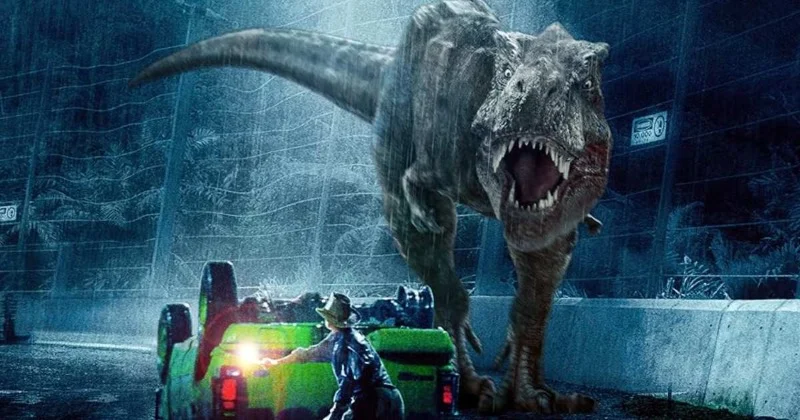 Universal Pictures
Universal PicturesOnly a few minutes of dinosaur footage in ‘Jurassic Park’ are fully computer generated. Most on screen dinosaurs were full scale or partial animatronics built by Stan Winston’s team, with ILM’s digital shots reserved for moments that were impossible to achieve physically, like long running or jumping beats.
This split let filmmakers intercut tactile, mechanical creatures with digital counterparts without breaking continuity. Practical pieces gave actors eye lines and shadows, while CGI extended movement and scale. That approach shaped the franchise’s look and kept later entries anchored to a realism that comes from having actual dinosaur surfaces interacting with light on set.
The raptors were modeled more on Deinonychus than Velociraptor
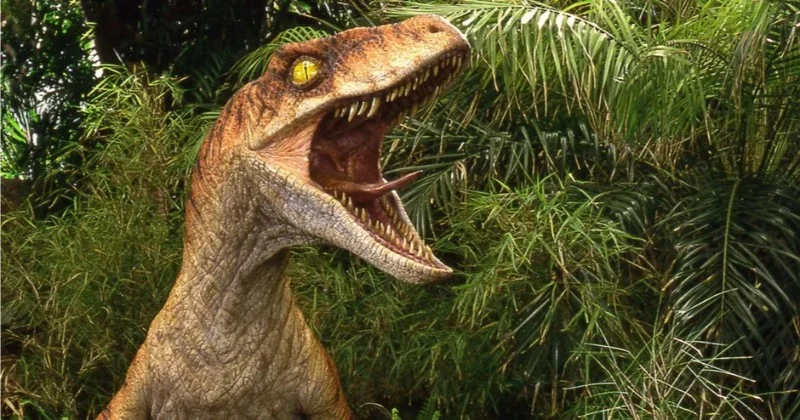 Universal Pictures
Universal PicturesThe animals called Velociraptors in the films are closer in size and build to Deinonychus, a larger dromaeosaurid with a similar sickle claw. The production leaned into that body plan because it produced a more imposing on screen presence and fit the stunt and animatronic requirements for door opening and coordinated pack behavior.
During development, paleontology news also highlighted large raptor cousins like Utahraptor, which reinforced that a big, robust raptor silhouette was plausible. The films kept the familiar Velociraptor name from the source novel, but the design combines traits to serve both science inspiration and cinematic needs.
Book to screen changes swapped the siblings’ skill sets
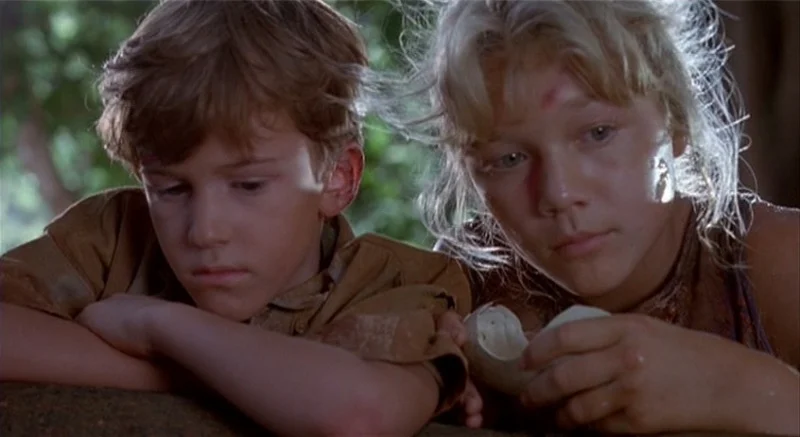 Universal Pictures
Universal PicturesIn Michael Crichton’s novel, Tim is the computer savvy sibling and Lex is younger and sports focused. The film version flips this so Lex is the one who can work the park’s systems. That change streamlined the control room sequence and gave the story a single, clear path to restoring security.
The swap also balanced scene responsibilities across the kids during set pieces like the kitchen stalk and the electrified fence. By assigning the hacking beat to Lex, the films created a clean handoff between survival action and the technical task that brings doors and cameras back online for the adults.
The on screen “It’s a UNIX system” interface was a real tool
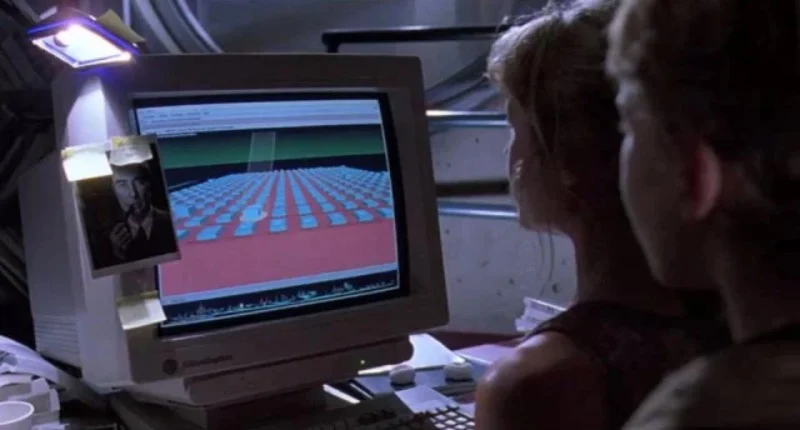 Universal Pictures
Universal PicturesThe 3D file navigator that Lex uses is not a mockup. It is a graphical file system viewer called fsn that ran on Silicon Graphics workstations. The production installed it so the actors could move through an actual directory tree representing the park’s network.
Using a working program meant the cursor, windows, and response times behaved like real software, which helped the camera capture authentic mouse movements and menus. It also grounded the sequence in contemporary computing, since the park’s effects and rendering pipelines were already tied to SGI hardware behind the scenes.
The mosquito in amber belongs to a species that does not bite
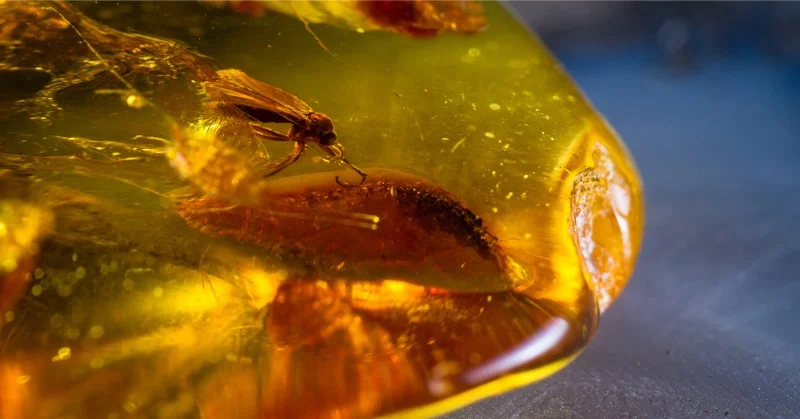 Universal Pictures
Universal PicturesThe prominent mosquito encased in amber in ‘Jurassic Park’ is modeled on an elephant mosquito, a genus whose adults do not feed on blood. That choice came from its distinctive look and size, which photographed clearly through the amber prop and communicated the concept instantly.
Because the species is non biting, it adds an ironic detail to the film’s cloning premise. The prop still does its storytelling job by making the DNA extraction idea visual and memorable, and it became an enduring symbol for the franchise even as real world mosquito biology differs from the implication on screen.
The San Diego finale in ‘The Lost World: Jurassic Park’ was created for the film
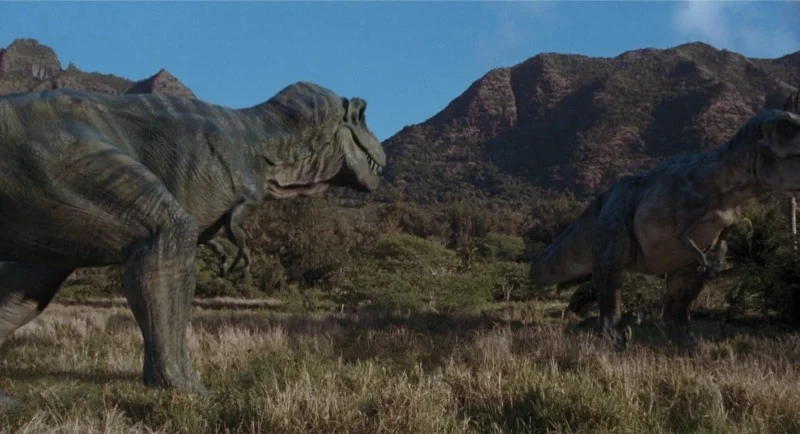 Universal Pictures
Universal PicturesThe second movie’s urban sequence with the T. rex was not adapted from the novel. It was conceived for the production to explore what a free roaming dinosaur would look like in a modern city and to expand the story beyond the island environment established earlier.
Designing that stretch required new miniatures, backlot builds, and location plates, along with unique gags like storefront destruction and ship deck damage. The set pieces also pushed the integration of animatronics and CGI, since the mechanical T. rex could interact with close quarters props while digital work handled large scale exterior movement.
Rain caused the T. rex animatronic to misbehave between takes
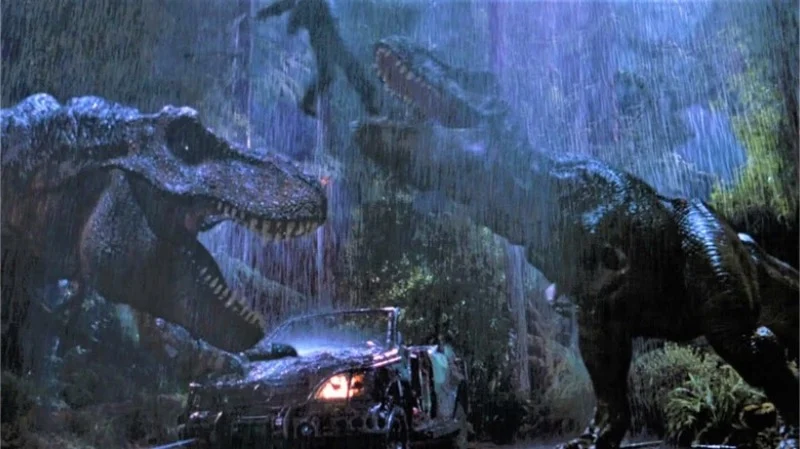 Universal Pictures
Universal PicturesThe full scale T. rex was built with foam latex skin over complex hydraulics. When it got soaked during night shoots, the skin absorbed water and added weight, which changed how the head and torso settled at rest. Crew members had to towel and warm it to keep movements consistent and to prevent unplanned twitching.
Those maintenance cycles shaped shot planning and reset times. Operators adjusted valve timing and pressure to compensate for waterlogged sections, and effects teams synced rain rigs and camera coverage so the dinosaur’s most delicate moves happened when the mechanics were driest.
Stop motion was the original plan before CGI took over
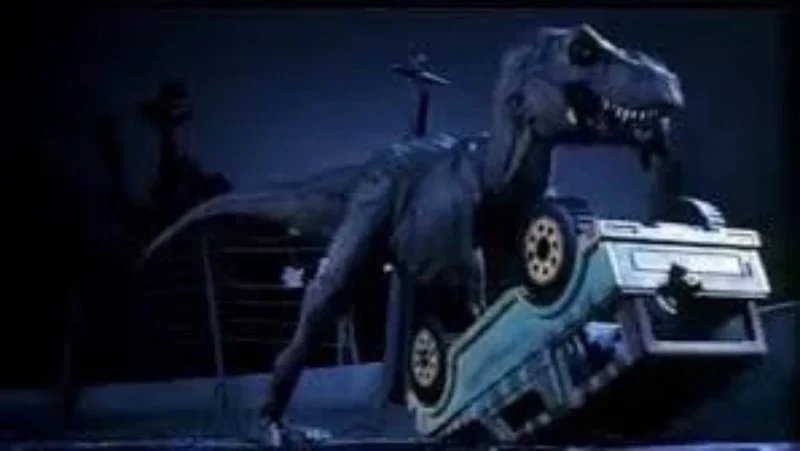 Universal Pictures
Universal PicturesEarly in production, dinosaur action was slated for advanced stop motion guided by go motion techniques. Test footage from ILM showed that fully computer generated creatures could deliver smoother motion and camera movement that matched live action plates more freely, so the team pivoted to CGI for select sequences.
The stop motion lead stayed on to guide animation, providing movement studies, behavior notes, and reference passes that helped digital artists translate real world animal mechanics into believable performance. That collaboration set the franchise’s template for marrying practical expertise with digital execution in later films.
Share your favorite deep cut franchise detail in the comments and tell us which moment you think more people should notice.

.jpeg)
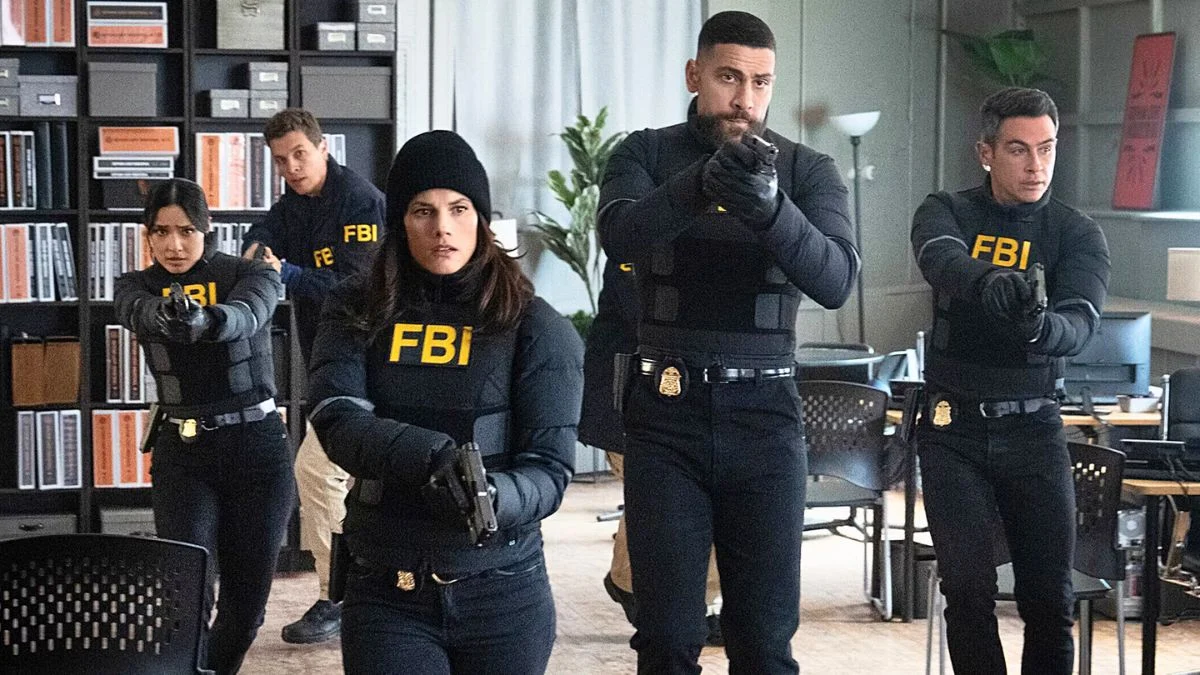


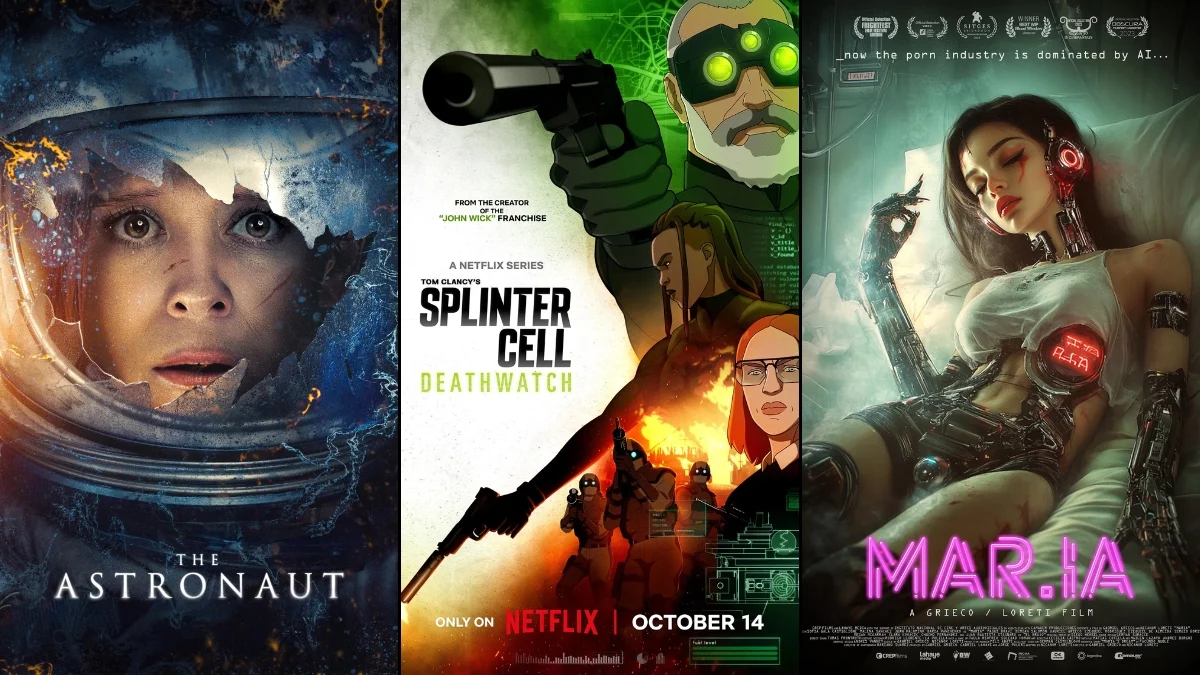

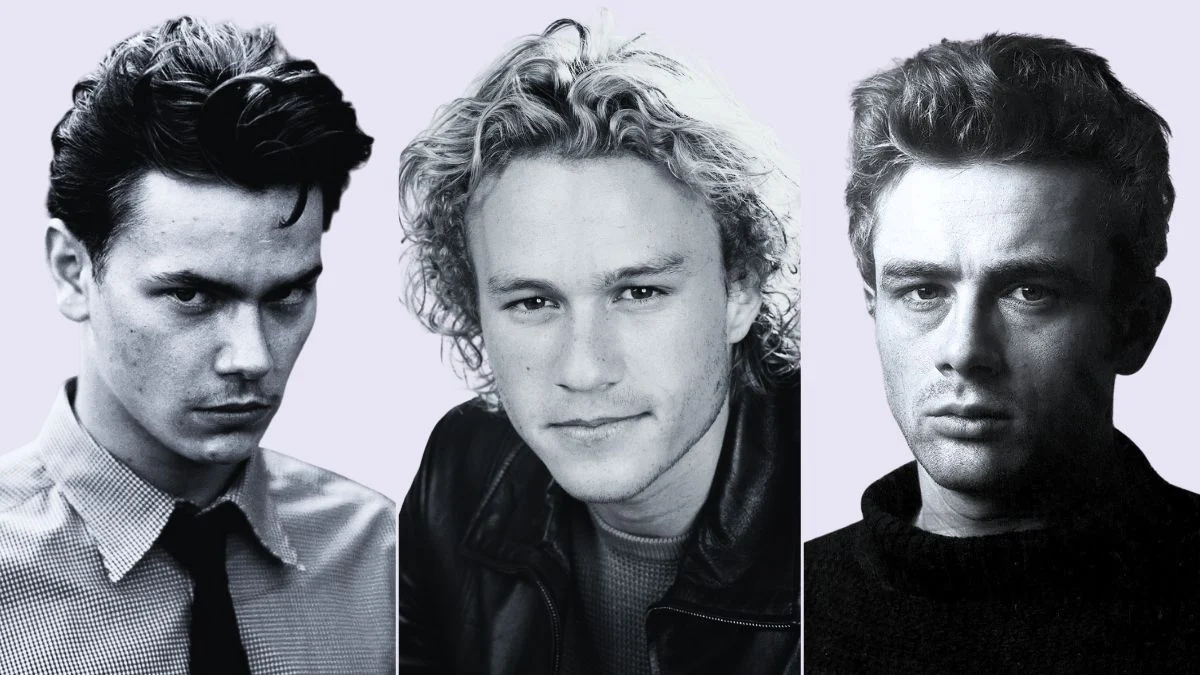
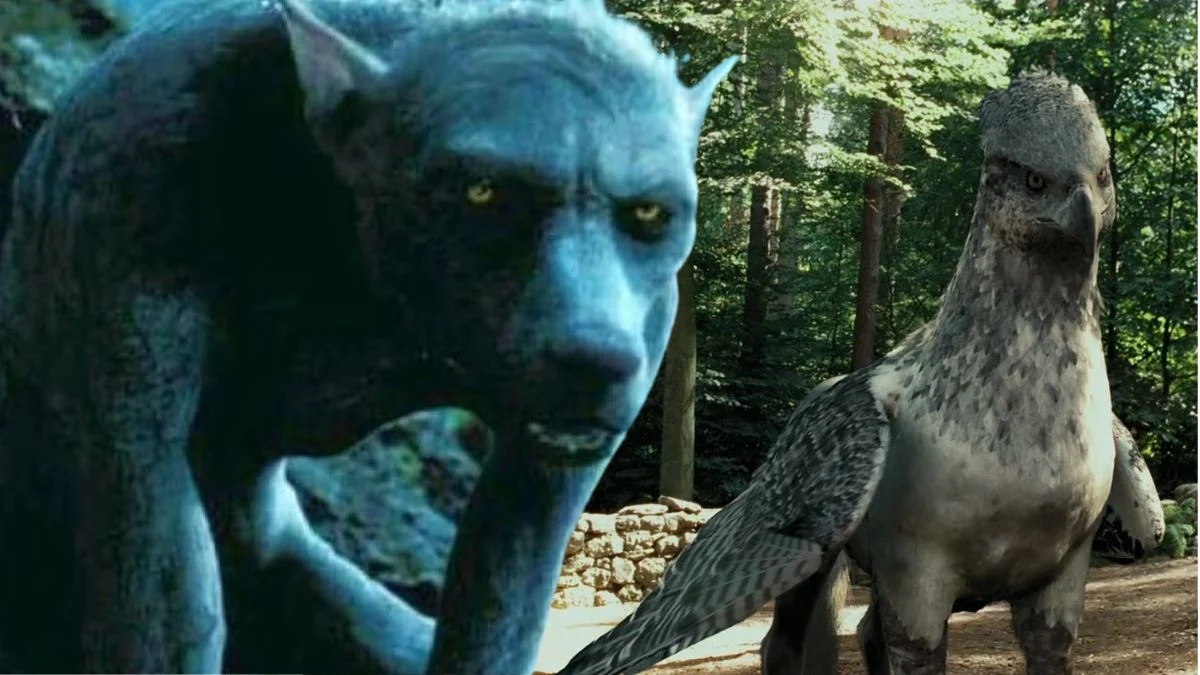
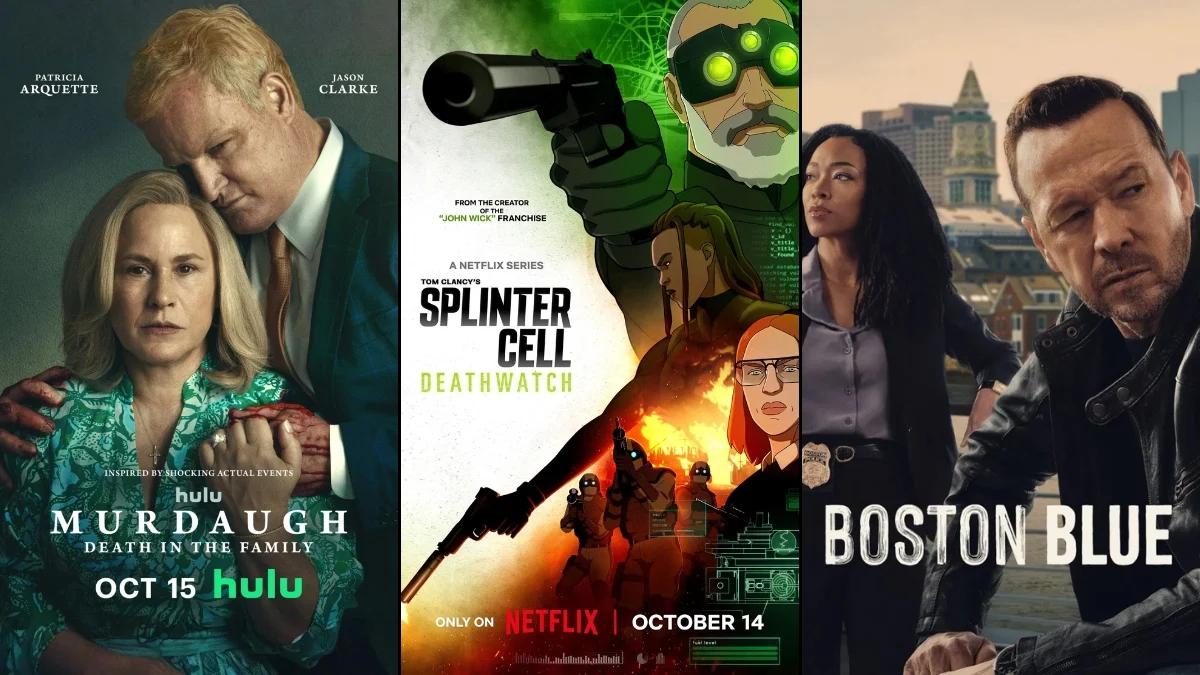


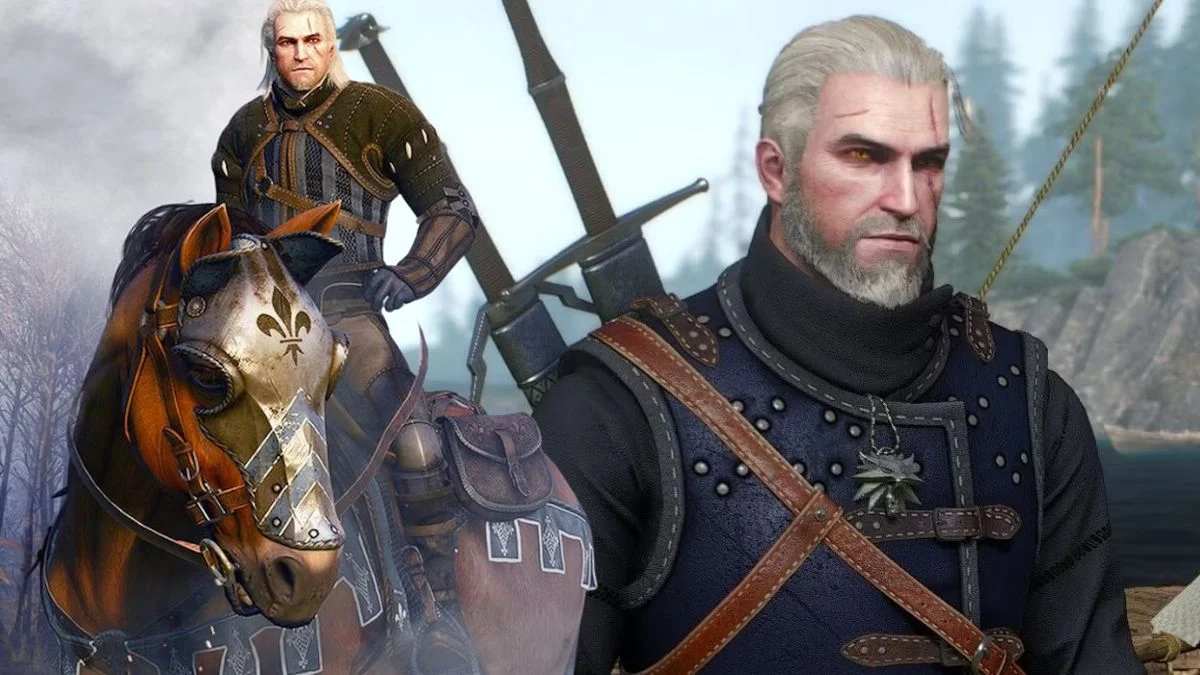
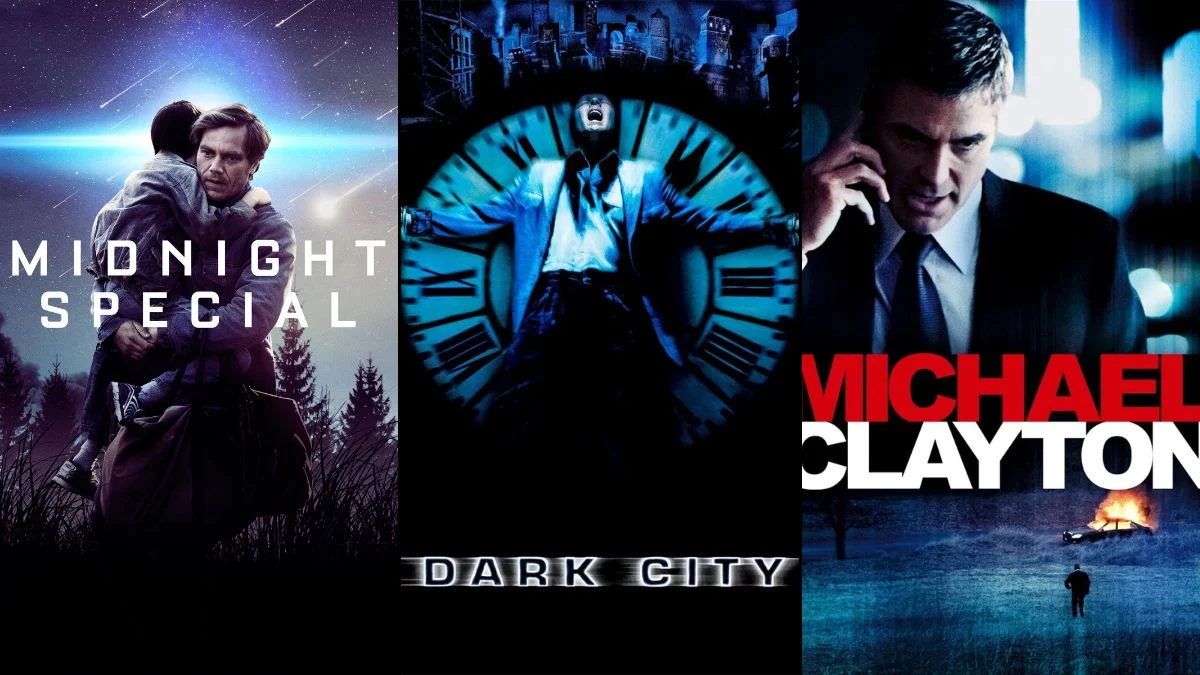
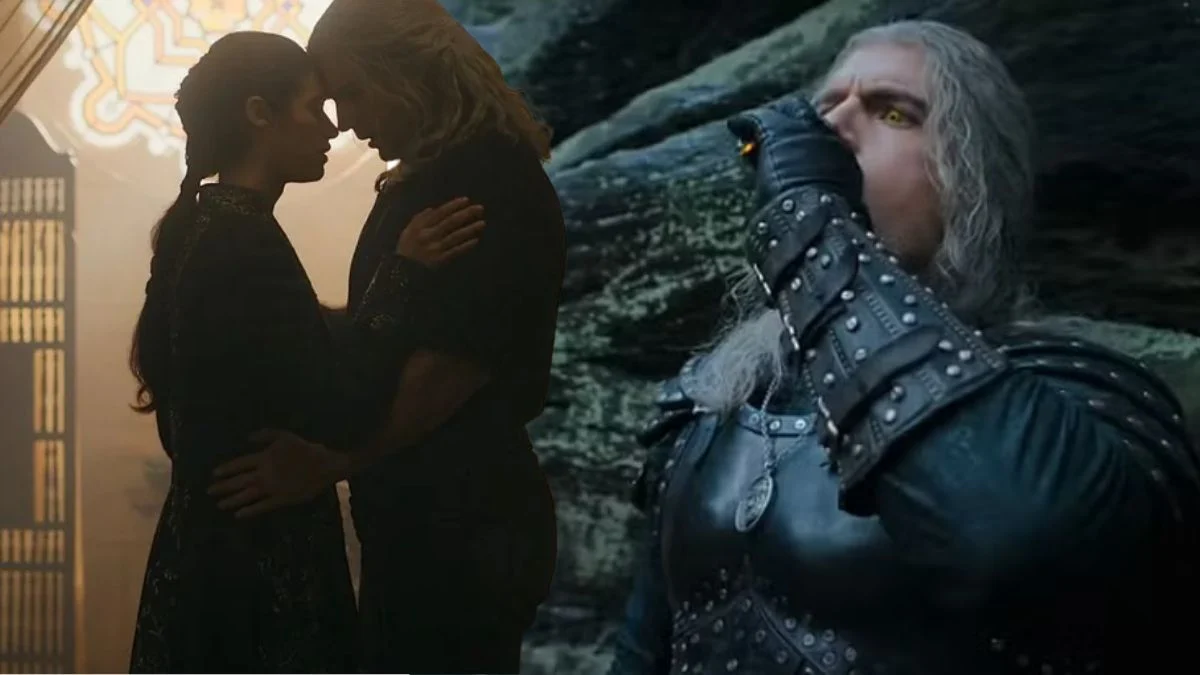

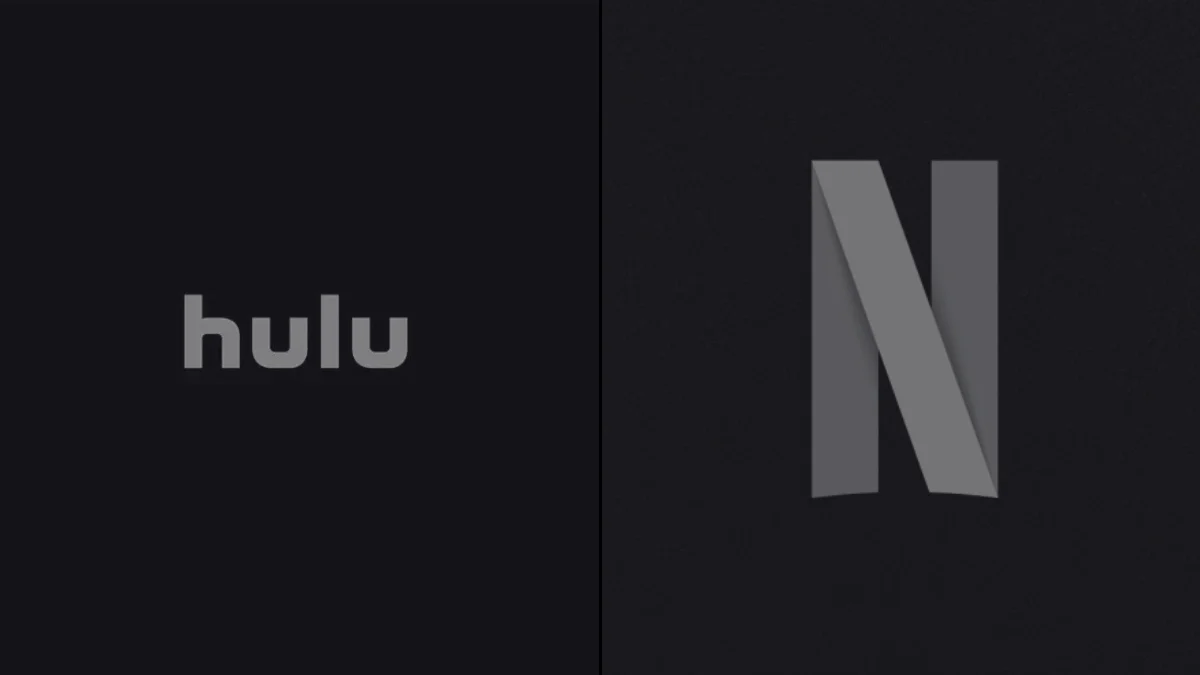

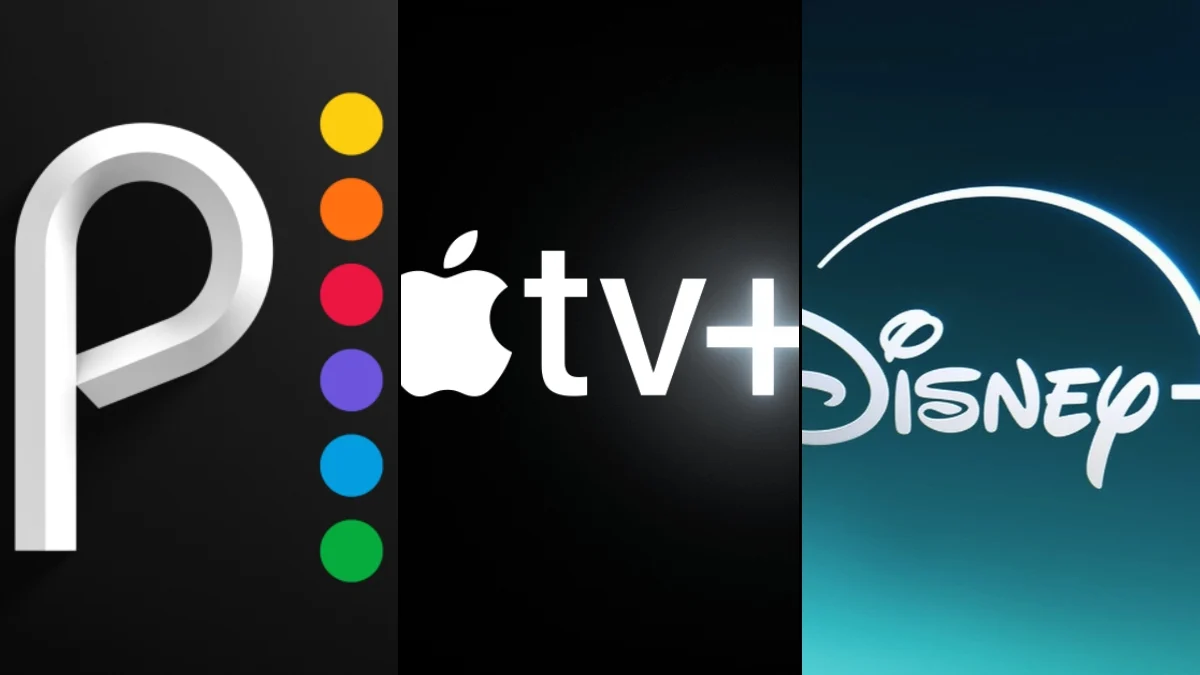
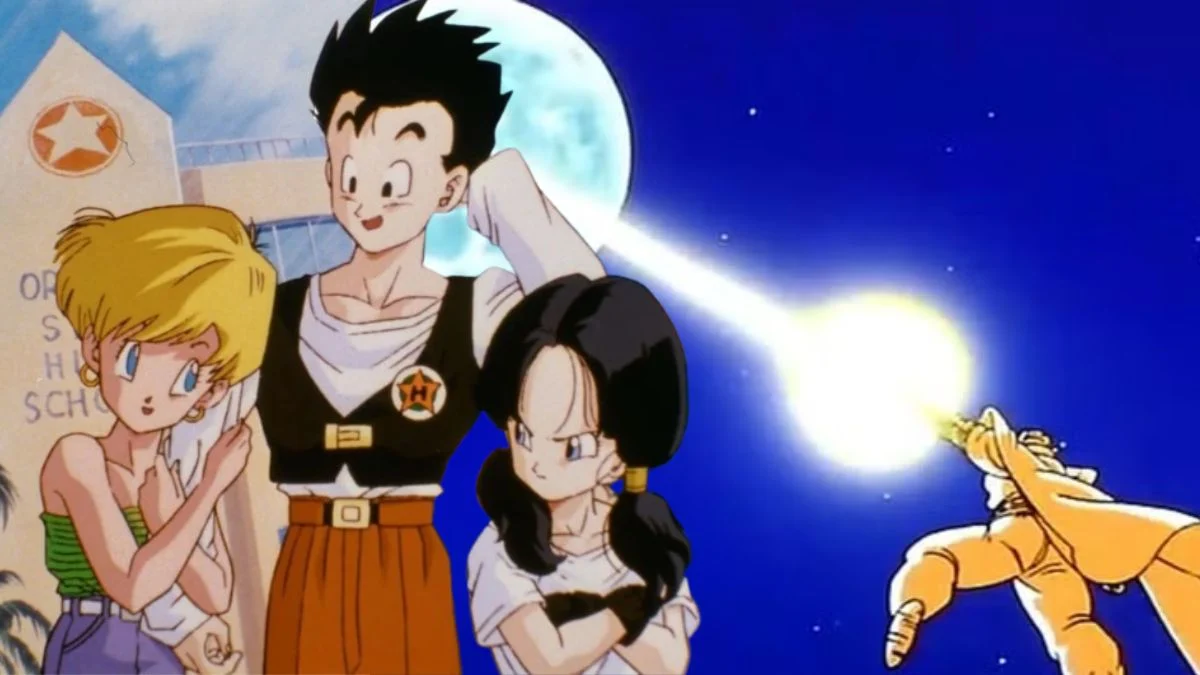





.jpeg)












 English (US) ·
English (US) ·